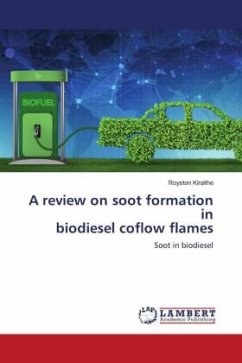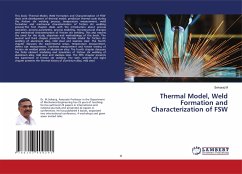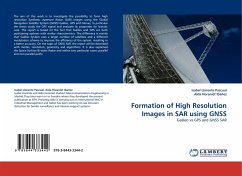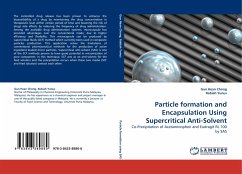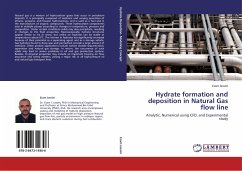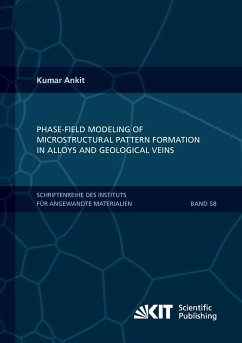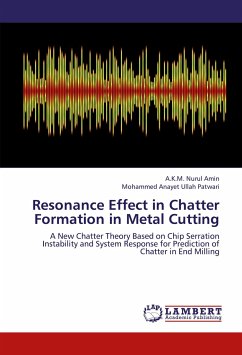
Modelling of Phase Formation in Aluminium Alloys
Thermodynamic Calculation of Phases in Commercial Aluminium Piston Castings
Versandkostenfrei!
Versandfertig in 6-10 Tagen
39,99 €
inkl. MwSt.

PAYBACK Punkte
20 °P sammeln!
The development of new casting alloys is needed for the next generation of pistons for turbo-charged direct injection diesel engines. For this development, an examination of effects of different alloying elements on microstructure is necessary. As statistical experiments on multi-component systems are expensive and complex, the use of thermodynamic and kinetic software is popular to calculate models of phase fractions and properties. Phases can be predicted for both equilibrium and non-equilibrium Scheil-Gulliver solidification conditions with varying amount of alloying elements. The accuracy ...
The development of new casting alloys is needed for the next generation of pistons for turbo-charged direct injection diesel engines. For this development, an examination of effects of different alloying elements on microstructure is necessary. As statistical experiments on multi-component systems are expensive and complex, the use of thermodynamic and kinetic software is popular to calculate models of phase fractions and properties. Phases can be predicted for both equilibrium and non-equilibrium Scheil-Gulliver solidification conditions with varying amount of alloying elements. The accuracy of the model is, therefore, very important. It has been found that the Scheil prediction performs better for phase fraction simulation. It can predict several extra phases in comparison to the equilibrium simulation. Modelling in two different software packages gives dissimilar results as the databases used are not same. Information on some of the phases in the database is considered to be incorrect. Modifying the database with more considerations for multi-component atomic interactions may solve the problems observed.





